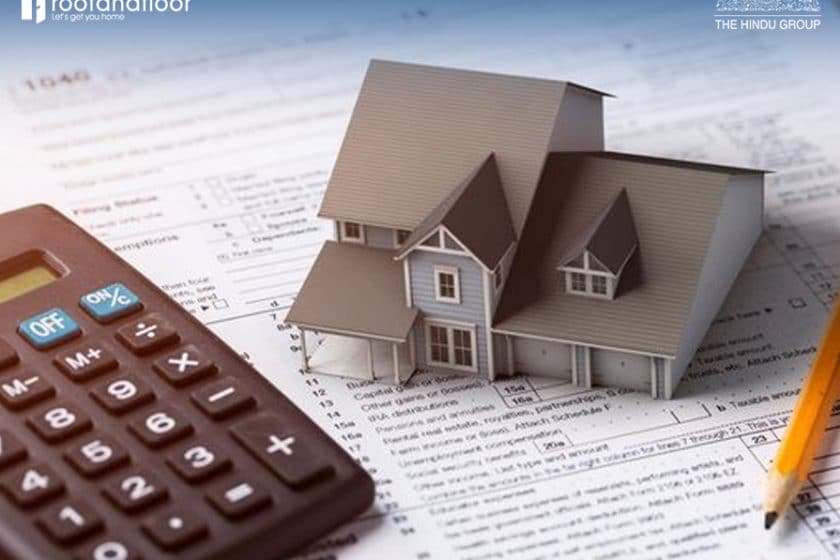Residential properties up to 500 sq ft exempted from property tax
Update on March 11, 2019: The Maharashtra cabinet, on March 8, 2019, approved a proposal to exempt residential properties up to 500 sq ft, within the Mumbai municipal area limits, from property tax. The decision was taken at the cabinet meeting held in Mumbai. The proposal had been put forward by the Shiv Sena, before the pre-poll alliance with the BJP was finalised. Chief minister Devendra Fadnavis had announced that the demand would be accepted.
In another significant decision, the cabinet approved a proposal to give on ownership basis, the cooperative housing societies meant for Panshet flood-affected people in Pune. Food and Civil Supplies minister Girish Bapat, who is also the guardian minister of Pune, said that 103 societies were given land on 99-year lease. These societies will now be on ownership basis. Due to the decision, residents can sell off their houses or go for redevelopment. The cabinet also decided to give tax benefits to cooperative housing societies on government, semi-government and private land, to encourage them to go for self-redevelopment.
Owners of residential properties in Mumbai are liable to pay property tax to the Brihanmumbai Municipal Corporation (BMC) every year. On July 7, 2017, the BMC passed a proposal to exempt property tax on houses in the city that have a carpet area of up to 500 sq ft. It also proposed a 60 per cent concession in property tax, for houses measuring 500-700 sq ft. If this proposal gets approved by the civic commissioner, as well as the state government, owners of such houses will get the concession on property tax, with effect from 2015 to 2020.
In March 2018, chief minister Devendra Fadnavis announced that property tax in Mumbai would be waived off, for tenements measuring up to 700 sq ft. However, this would be applicable only to flats that fall within the jurisdiction of the BMC.
How to calculate property tax for a residential property in Mumbai
The BMC uses the Capital Value System (CVS) to calculate property tax. This CVS is based on the market value of the property.
Capital value is calculated as follows:
Market value of the property x Total carpet area x Weight for construction type x Weight for age of the building
The market value can be ascertained using the Ready Reckoner (RR). The RR is set by the state government and is a compilation of the fair value prices for properties. You will need to check the ward/zone in which your property falls.
Weights for ‘construction type’, in units:
- Bungalows and RCC construction – 1 unit.
- Other than RCC (semi-permanent /chawls) – 0.60 units.
- Under-construction or vacant land – 0.50 units.
Weights for ‘age of building’, in units:
- Properties constructed before 1945 – 0.80 units.
- Properties constructed between 1945 and 1985 – 0.90 units.
- Properties constructed after 1985 – 1 unit.
See also: Property Tax Guide: Importance, Calculation and Online Payment
After you have ascertained the capital value, property tax is calculated as follows:
Capital value of property x Current property tax rate (%) x Weight for user category
Weights for ‘user category’, in units:
- Hotels and like businesses – 4 units.
- Commercial properties (shops, offices) – 3 units.
- Industries and factories – 2 units.
- Residential and charitable institutions – 1 unit.
Paying your property tax
Property tax can either be paid at the BMC Help Centers, or at the Office of the Assistant Revenue Officer, or at the Citizen Facilitation Centre at all the ward offices.
You can also pay the property tax online, on these websites:
Municipal Corporation of Greater Mumbai (MCGM) – https://prcvs.mcgm.gov.in/
Navi Mumbai Municipal Corporation (NMMC) – https://www.nmmc.gov.in/property-tax2
After you log in to the BMC website and enter your account number, you can choose to pay your property tax half-yearly or annually. Currently, the website only accepts net banking. Once you make the payment, keep your property tax payment receipt safely. This is important, not only as a proof of payment, but also for proof of ownership of your property. Ensure that the system updates your record and no outstanding amounts are shown against your account. If there are any errors, have them corrected immediately.
